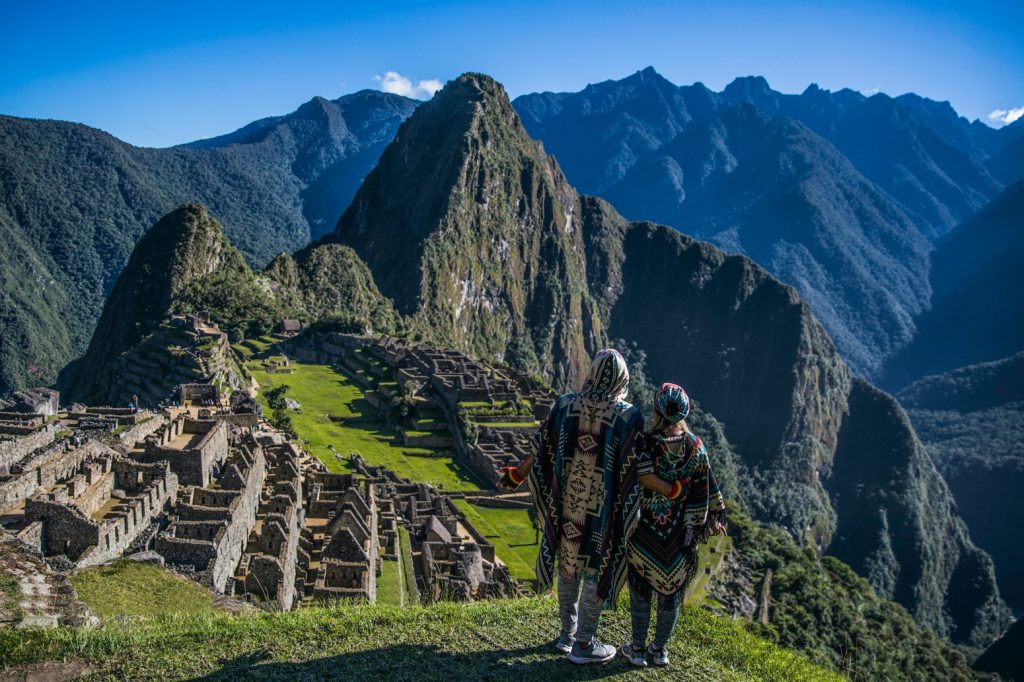Find out about the interesting archeological destinations that you can visit while climbing the Inca Trail. These Inca Trail ruins are certainly worth investigating on your journey.
A great many people climb the Inca Trail to see the widely popular Machu Picchu. However, what you may not understand is that the excursion to the fortification is thrown with intriguing Inca ruins and magnificent archeological edifices. Read this brief introduction about a few of the destinations you’ll see on your trip to the top (in light of our standard four-day Inca Trail journey).
1. Patallacta (Llactapata)
On your first day of hiking, you can experience the thrill of exploring one of the amazing Inca sites located just a few hours away. Patallacta, also known as Llactapata, is situated on the left bank of the Cusicancha River, which is a tributary of the river Urubamba. This archaeological complex was first discovered by the famous Yale University archaeologist, Hiram Bingham, in 1912. Bingham, who is known for rediscovering Machu Picchu a year earlier, stumbled upon this site and brought it to the attention of the Western world.
The name Llactapata means “high town” or “town on the hill” in Quechua, the Incan language that is still spoken in some parts of the Andes today. This complex is located at an altitude of 9,318 feet (2,840 meters) and features massive terraces and hundreds of housing structures. It is believed that this site served as a common stopping point for Incas traveling from Cusco to Machu Picchu. From your vantage point across the valley, you’ll have an opportunity to appreciate the beauty and vastness of this historical site.

2. Runkurakay
On the third day of your Inca Trail trek, you’ll face a challenging ascent up the Runkurakay Pass. This pass sits at a towering height of 13,000 feet (3,950 meters) above sea level. During the climb, you’ll come across the fascinating Runkurakay ruins, situated about halfway up the pass.
Interestingly, the Runkurakay ruins stand out with their unique circular design, which is quite different from typical Inca architecture. Experts suggest that this complex served as a Tambo, or an inn for travelers. It’s also likely that this location was used as a resting, refueling, and relay station for Chasqui messengers, who played a vital role in maintaining communication across the Inca Empire. Refueling stations such as Runkurakay were crucial in ensuring the smooth operation of the Inca communication system. The Chasqui messengers were specially trained runners responsible for carrying important messages, including alerts about the encroachment of the Spaniards.

3. Sayacmarca
As you continue your trek, you’ll come across another remarkable site called Sayacmarca. To access these ruins, you’ll have to climb 98 stone steps. They have been carved into the side of a mountain. Sayacmarca, also known as the “Inaccessible Town,” is surrounded on three sides by steep drop-offs, adding to its mysterious allure. Although no one knows for certain how the Incas used this site, it is believed to have been originally constructed by the Colla civilization.
Sayacmarca is situated on the edge of a cliff, providing visitors with breathtaking panoramic views of the picturesque Aobamba Valley. The site has two main parts: the Sun Temple and a residential area with narrow corridors. The Incas improved the Colla’s construction with an elaborate water canal. The intricate engineering of the water canal is a testament to the impressive ingenuity of the Inca civilization.
4. Phuyupatamarca
The sites just keep coming! After Sayacmarca, you’ll journey through an inclined stone tunnel to reach the third and final mountain pass of your third day on the Inca Trail. Enjoy the spectacular view from the top before descending a steep set of stairs to reach Phuyupatamarca. Also, it means “town in the clouds” in Quechua.
These ruins cling to a ravine overlooking the Urubamba Valley and are surrounded by large and lush terraces. The site is often half covered in a mist that rises from the forests below. This creates the impression that it is floating on top of the clouds. This mystical place is full of ceremonial baths, plazas, buildings, and bridges.
5. Machu Picchu
Finally, the most awe-inspiring site of them all awaits you on the fourth and final day of your Inca Trail trek – the majestic Machu Picchu citadel. No words can do justice to the sheer beauty and grandeur of this site. You’ll have to experience a Machu Picchu tour firsthand to truly appreciate its magnificence!
If you want to learn more about trekking in Peru and the incredible sites you’ll encounter along the way. Don’t hesitate to get in touch with one of our expert Travel Advisors. They’ll be more than happy to provide you with all the information you need to plan an unforgettable adventure in Peru.







